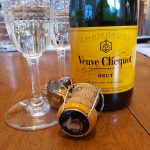 When the sparkling wine cork pops, you know there’s a celebration underway. Nothing says “festive occasion” like a bottle of the bubbly.
When the sparkling wine cork pops, you know there’s a celebration underway. Nothing says “festive occasion” like a bottle of the bubbly.
Fortunately, there are sparkling wines for any occasion and budget. Prestige French cuvées are genuine Champagne, fun and easy Prosecco from Italy is trending, but sparklers are made in just about every wine growing region around the world.
True Champagne only comes from the Champagne region east of Paris along the Marne river. As with all French wines, the production area is closely controlled by law. Everything outside that area is sparkling wine – some of it just as good, but none of it genuine Champagne.
 The region is known for its major producers of internationally-recognized brands including: Moët & Chandon; Perrier-Jouët; Veuve Clicquot; Taittinger; Pommery; Piper-Heidsieck and Mumms. They are routinely poured at polo tournaments, passed at elegant events as well as sprayed on winning podiums and around locker rooms.
The region is known for its major producers of internationally-recognized brands including: Moët & Chandon; Perrier-Jouët; Veuve Clicquot; Taittinger; Pommery; Piper-Heidsieck and Mumms. They are routinely poured at polo tournaments, passed at elegant events as well as sprayed on winning podiums and around locker rooms.
The major houses all bottle a range of champagne styles. Blanc de Blancs are made with white grapes, usually 100% Chardonnay. Blanc de Noir is made from red grapes, most often Pinot Noir. Rosé or pink Champagne is made by letting the unfermented wine briefly rest on the red grape skins.
 Champagne names also indicate the dryness of the wine. Brut is the driest; Demi Sec – great with wedding cake – has a little more sweetness. Extra Dry has noticeable sweetness. For example, Moët & Chandon non-vintage White Star is a popular Extra Dry.
Champagne names also indicate the dryness of the wine. Brut is the driest; Demi Sec – great with wedding cake – has a little more sweetness. Extra Dry has noticeable sweetness. For example, Moët & Chandon non-vintage White Star is a popular Extra Dry.
Each house has its own style, kept consistent from year to year by blending the cuvée to the desired flavor. Expect to pay between $45 and $60 for any of these well-known wines.
Vintage Champagne is made with the juice from just one year and will reflect those growing conditions while maintaining the house style.
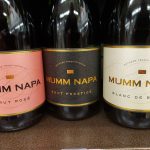 The major houses also make prestige cuvées. Dom Perignon, from Moët & Chandon is likely the most famous. A bottle will set you back about $250.
The major houses also make prestige cuvées. Dom Perignon, from Moët & Chandon is likely the most famous. A bottle will set you back about $250.
Many of the French houses make wine in California as well. Napa, Sonoma and Carneros all have cool growing regions suitable for Champagne-style wines. Domaine Chandon, Mumm Napa, Taittinger’s Domaine Carneros and Roederer Estate are all making sparkling wine in the Golden State. Roederer Estate Brut Rosé was recently served at the White House state dinner honoring French President Macron.
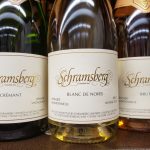 Schramsberg in Napa and J Vineyards in Sonoma are American-born and bred, but are equal to the French wines produced on American soil. Expect to pay $40 and up for their Napa and Sonoma bottlings.
Schramsberg in Napa and J Vineyards in Sonoma are American-born and bred, but are equal to the French wines produced on American soil. Expect to pay $40 and up for their Napa and Sonoma bottlings.
In Washington state, there are numerous small sparkling wine producers, but the name most likely seen in local stores in Domaine Ste Michelle. We’ve enjoyed this bright and fresh wine over the years for everyday drinking. A bottle of Brut or Extra Dry is about $13 to $15.
Italian Prosecco is widely popular as a fizzy sipper or a zippy mixer. It’s delicious on its own, an essential ingredient for an Aperol Spritz, and livens up any fruity punch. It’s easy to spot the distinctive blue label 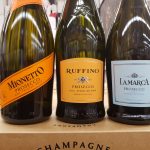 of La Marca. Fruity Ruffino has a bright yellow label. The diagonal slash of the Mionetto marks a long-time favorite bottle.
of La Marca. Fruity Ruffino has a bright yellow label. The diagonal slash of the Mionetto marks a long-time favorite bottle.
Other regions of France make sparkling wines, particularly the Loire Valley. Spain is known for its Cava. South Africa produces some interesting bubbly wines as well.
Sparkling wines are fermented twice – once to make the wine and a second time to make the bubbles.
Champagne and other high quality sparklers are made with a time consuming and expensive process of hand work and are labeled, “Fermented in this bottle.” A less expensive process involves decanting and
rebottling, labeled “Fermented in the bottle.” Less costly bottles are made in a bulk process called Charmat.
All sparkling wines have a role to play in holiday festivities. Regardless of the source, method, or price there is one just right for any occasion. Whatever you pick for your celebration, I raise my bubbling glass to you and wish you all, “Happy Holidays!”
Frank Whitman can be reached at NotBreadAloneFW@gmail.com.
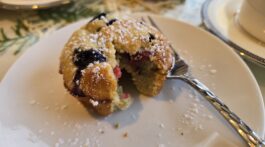







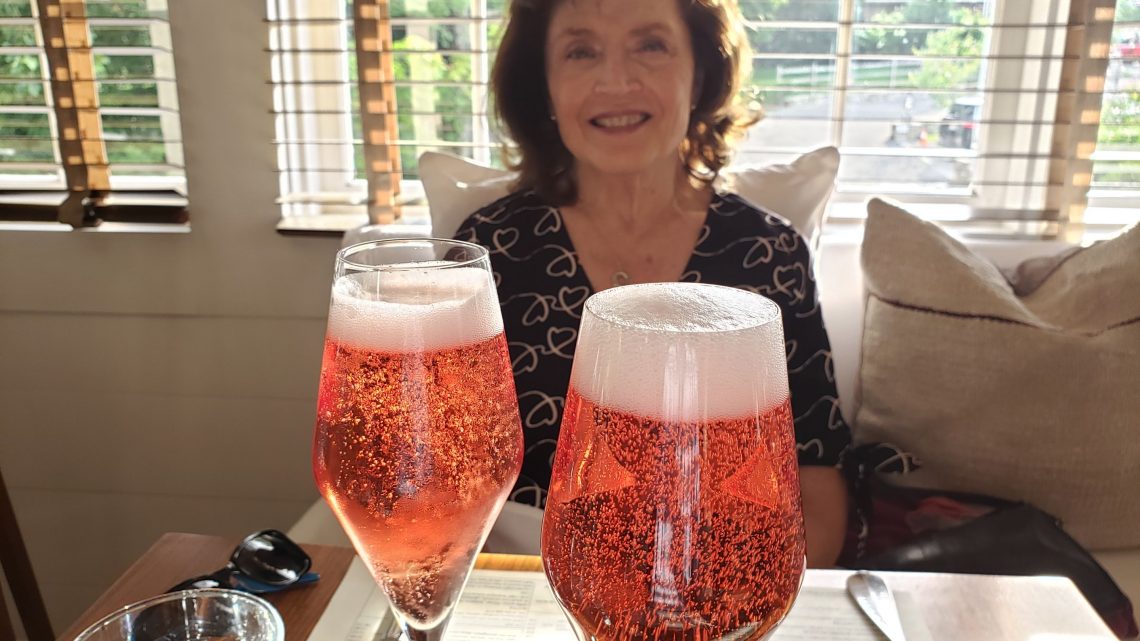
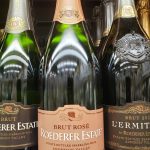

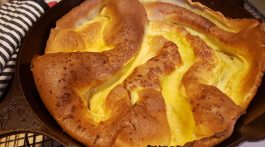
No Comment